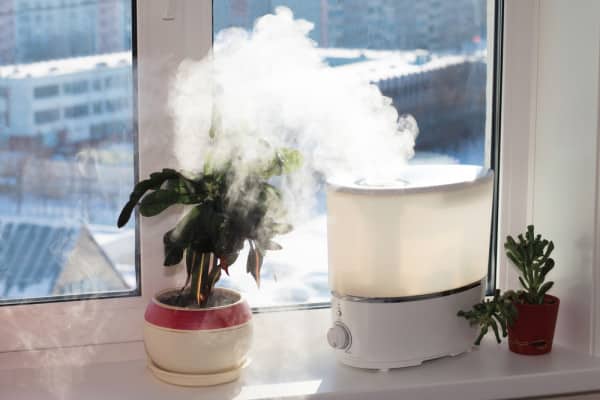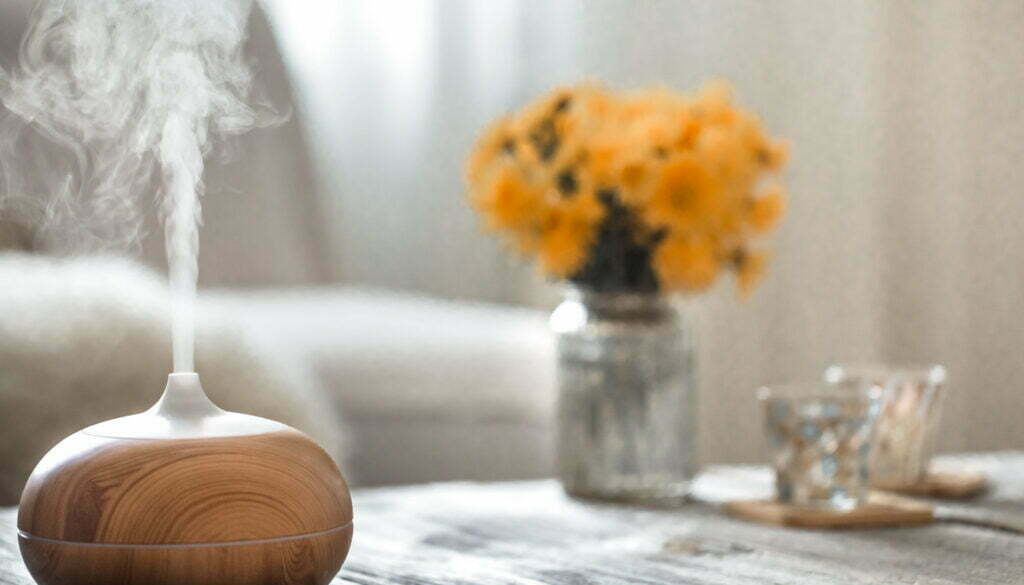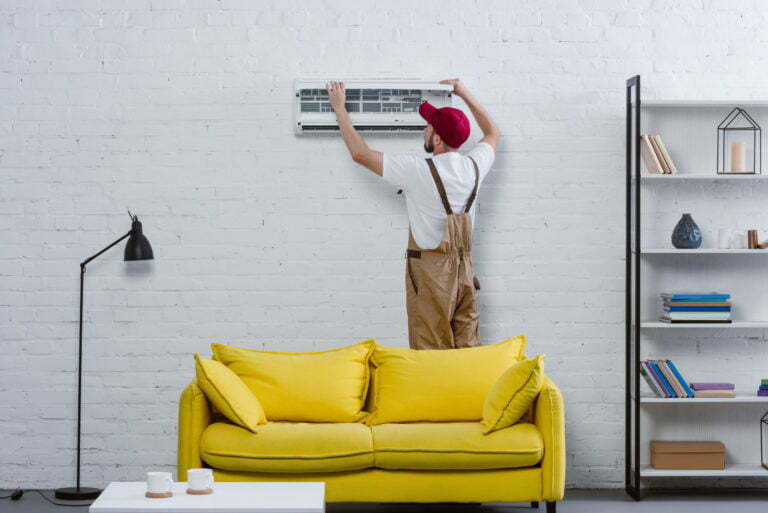Do you ever feel that the air in your home is too dry or too humid? If so, a humidifier or dehumidifier could be the answer to your problem. Air that is too stuffy can make your house feel uncomfortable and cold, while air that is too humid can make it feel hot. When people have these problems, however, they often ask, do I need a humidifier or a dehumidifier? In this article, we explore the differences between the two and discuss the best solution for your home. Keep reading to find out more.
What does a humidifier do?

If the air in your home is too dry, you might want to consider getting a humidifier. A humidifier is an appliance that increases the humidity, or moisture, in the air. This is done by releasing water vapor into the air, which can make the air feel cooler and more comfortable. Humidifiers are most often used in dryer climates or during winter months when the air is naturally dry.
Evaporative humidifiers use a fan to draw air through a wet filter or wick. As the air passes through the filter, it is cooled, and the water evaporates, releasing moisture into the air. Cool-mist humidifiers, also known as ultrasonic humidifiers, use an ultrasonic vibrating disk to create a fine mist of water that is released into the air.
Why do you need a humidifier in your home?
The humidity level of your home should ideally be between 30-50 percent for optimal comfort. If your humidity level is below this, you might consider a humidifier to combat the dry air. Not only do they help promote better overall health and comfort, but they can also save you money in the long run. Humidifiers add moisture to the air, which helps to keep the air from drying out. A dry environment can cause a variety of health issues, such as dry skin, dry eyes, and even respiratory problems. By adding moisture to the air, a humidifier can help to reduce these symptoms.
Humidifiers also help to keep your home feeling more comfortable. When the air is too dry, it can feel cold and uncomfortable. Adding moisture to the air can help to make it feel more comfortable, which is especially beneficial during cold winter months. Finally, humidifiers can help to save you money in the long run. Dry air can cause wood furniture and floors to dry out, which can cause them to crack or warp. By adding moisture to the air, a humidifier can help to keep your furniture and floors in better condition, which will save you money on repair or replacement costs.
What does a dehumidifier do?

A dehumidifier is an electrical appliance that is designed to reduce the amount of moisture in the air. Dehumidifiers work by drawing in ambient air and passing it over a cold evaporator coil. This coil is designed to absorb the moisture in the air, and it is then collected in a reservoir of water. The now-dry air is then passed over a warm condenser coil and released back into the room.
The dehumidifier also has controls that allow you to set the desired level of humidity in the room. Depending on the model, you may be able to set the humidity level in increments of 5, 10, or even 25 percent. Once the desired humidity level is reached, the dehumidifier turns off automatically, conserving energy and preventing the room from becoming too dry.
Why do you need a dehumidifier in your home?
In the summer months, the air inside our homes can become stale and overly humid. Not only can this make the environment generally uncomfortable, but it can also lead to the growth of mold and mildew. Mold and mildew can cause respiratory problems, such as asthma, coughing, and sneezing, as well as eye and throat irritation. They can also cause skin irritation, headaches, and even more serious illnesses. A dehumidifier can help reduce these risks by removing the excess moisture from the air, making it harder for mold and mildew to form and spread.
High humidity levels can also cause a musty smell in your home, as well as dust mites and other allergens. Keeping your home’s humidity levels in check is essential to maintaining a healthy, comfortable environment.
Humidifiers and dehumidifiers are both essential pieces of equipment to maintain optimal indoor air quality. Depending on the environment and your needs, either device can help create a healthy and comfortable indoor atmosphere.





